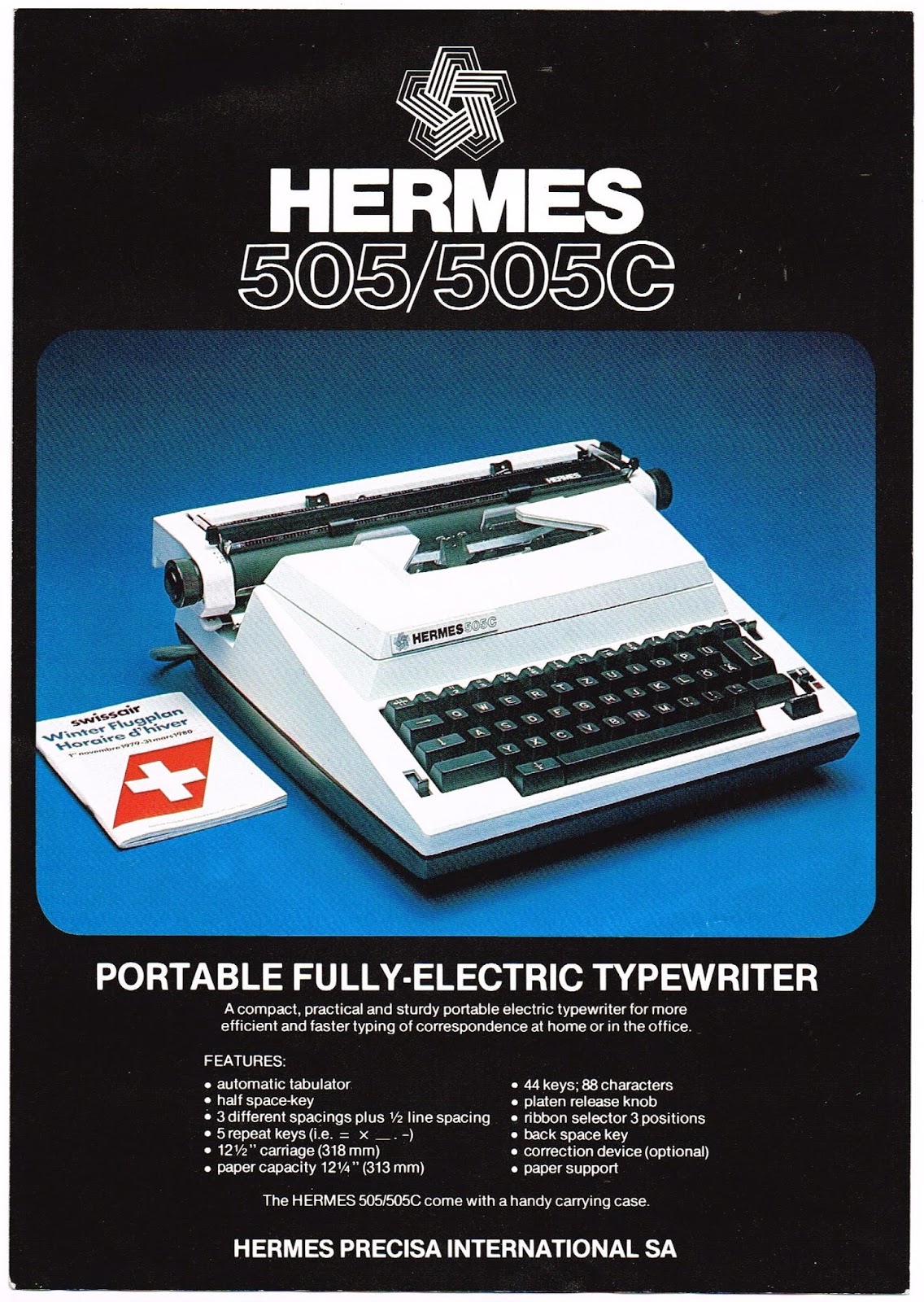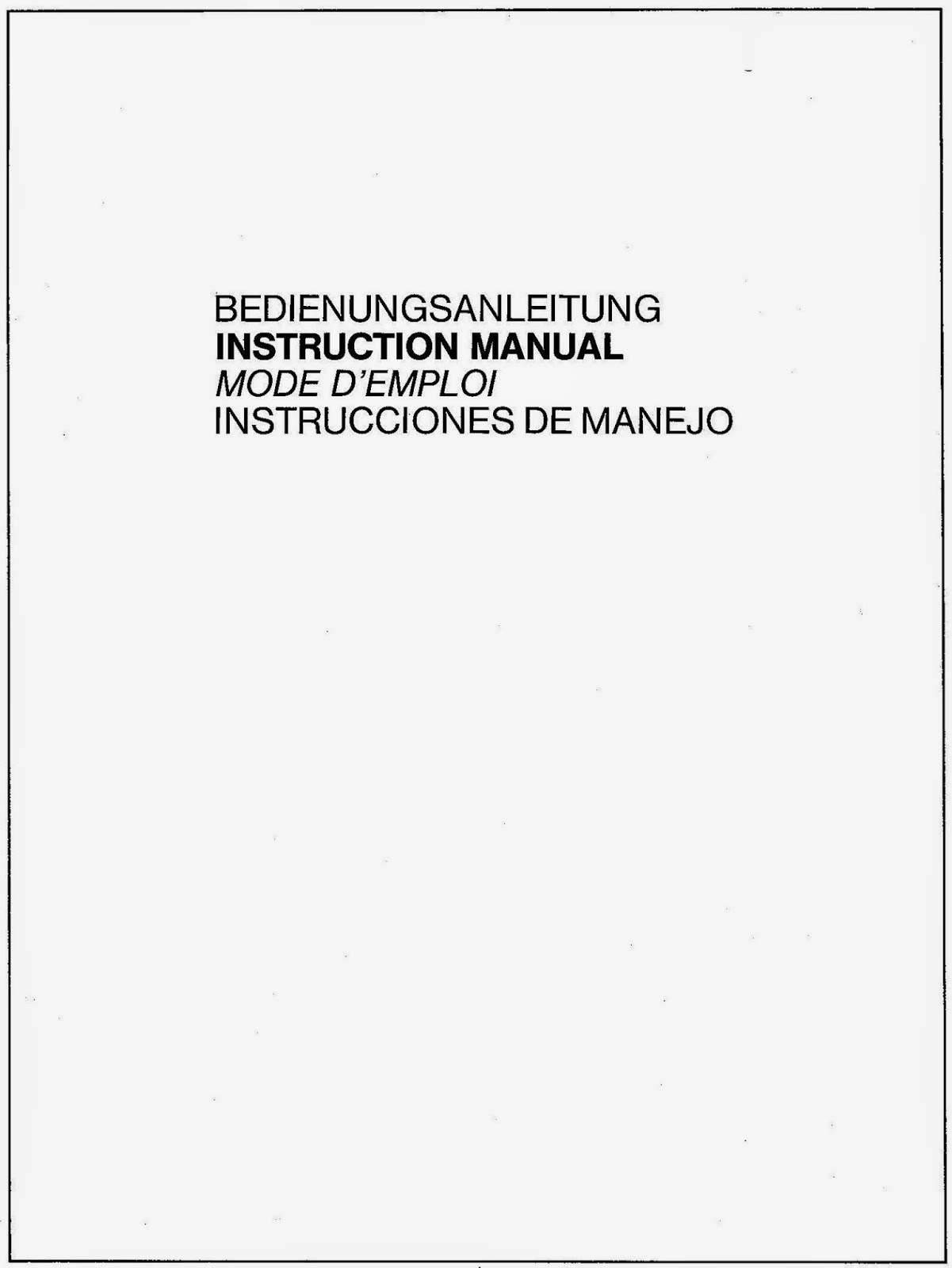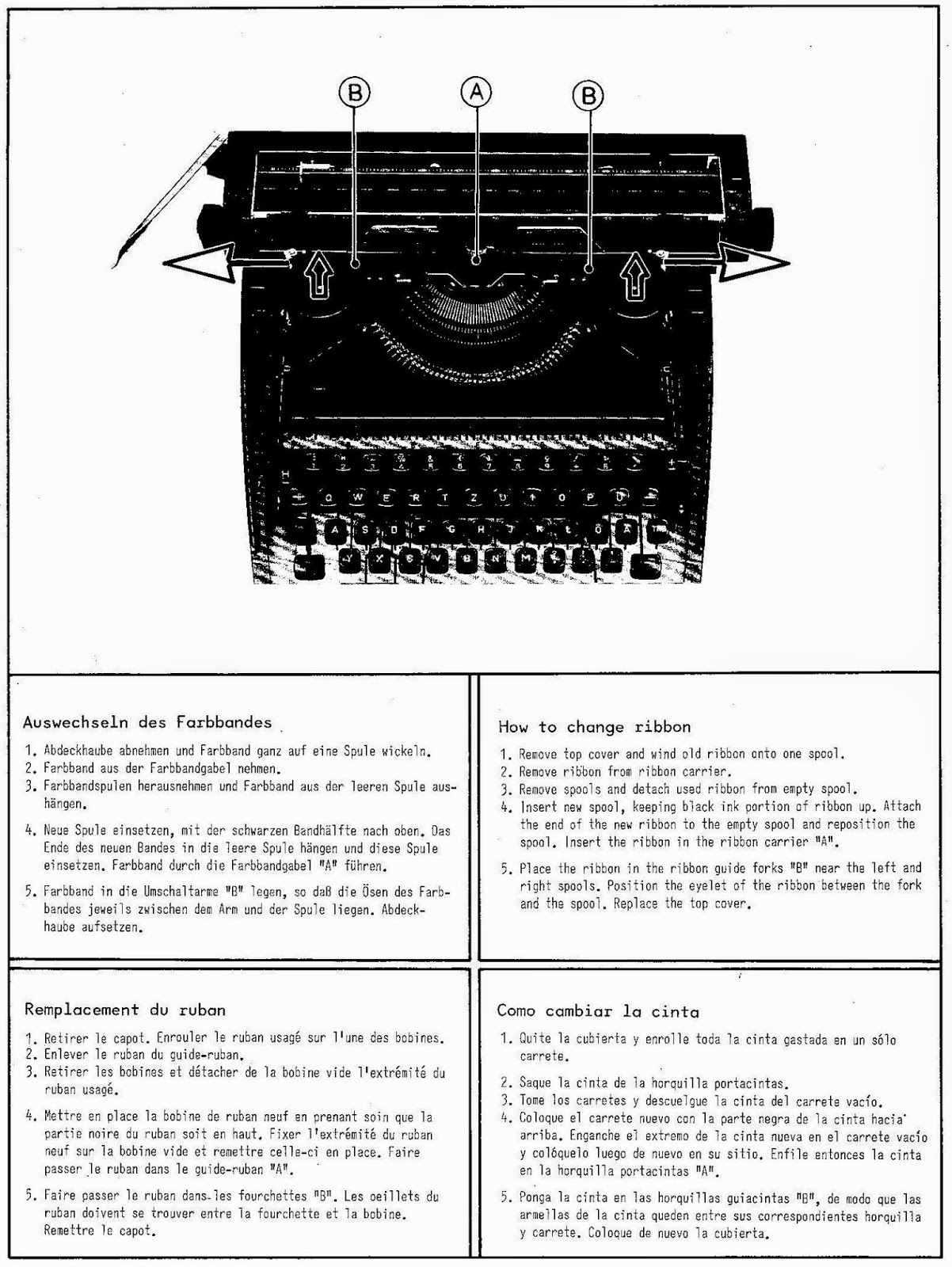This is an image of the envious and socially ambitious New Jersey housewife Mrs Anna Johnson Dunn Pollard, a mother of two young daughters and herself a "Daughter of the American Revolution", who in October 1914 pleaded "non vult" ("no contest") in the infamous "lady with the serpent typewriter" case in Elizabeth City, Union County. She was fined $100 on each of two indictments. The Richmond Times-Dispatch surely understated matters when in January 1915 it described the fines as a "gentle sentence".
Mrs Pollard was said in court to have used as her "serpent typewriter" to write "poisoned letters" a "somewhat battered Remington No 2 typewriter" - although Mrs Pollard claimed she had only bought her one typewriter in 1913. This statement, it seems, had been a vain attempt to throw investigators off the scent of a trail of defamatory letters which had been typed on the same Remington No 2 since at least 1909.
The engraving above - from a photograph taken on one of the few occasions Mrs Pollard had lifted some her layers of white veils in court - appeared on the front page of the Evening Independent in St Petersburg, Florida, on October 28, 1914, just after Mrs Pollard had ended the long-running "poison typewriter mystery" with a full confession.
Mrs Pollard, the wife of Nebraska-born Public Service Corporation assistant electrical engineer Nelson Levi Pollard (1868-1933), was born in Hillsboro, Ohio, on December 5, 1870. She died on June 7, 1947, aged 76.
The more contentious typewritten letters began to appear in the summer of 1911. And when Canadian-born dentist's wife Florence Jones, a neighbour of the Pollards, received one in November 1912, she immediately suspected Mrs Pollard. Mrs Jones and her husband, Charles Frederick Jones, employed a private detective, Thomas L.Carey, to gather evidence against Mrs Pollard. Carey, however, found that the social and professional positions of the upper middle class Pollards made his task very difficult.
A very mild example of the anonymous letters sent to Florence Jones by Anna Pollard. This image appeared in the Richmond Times-Dispatch on January 24, 1915. The allegation about Edith Jones appears to relate to a Bennett or Junior typewriter.
Florence Jones was the target of most of the typewritten venom. It took more than two years to entrap Mrs Pollard and to get her to confess.
According to The New York Times, the case "stirred Elizabeth more than any other event of recent years, for its various threads included nearly a score of persons prominent in the city and was said by many to have originated from social ambitions and social jealousies". The Times reported that Prosecutor Stein had told a jury at the first hearing against Mrs Pollard, "the case was of greater importance to the State of New Jersey than to any human individual. It has been necessary for the State to pass laws against writers of letters that are unsigned. It has been shown that the receipt of these letters undermines the health of the receivers. It is proved that these letters destroy the happiness of the home and often separate members of the family."
Mrs Jones was accused in the letters of having "no social standing" and of only owning three dresses when she got married.
The "poison typewriter" letters contained many other "cat-like, scurrilous, improper and downright indecent" expressions and allegations. One told Dr Jones his two sisters-in-law were "thick as Jersey 'skeeters'" (whatever that means).
Mrs Pollard was first arrested on May 31, 1913, on a charge of typewriting "improper" letters. When the court case opened before Judge Owen Patrick Mahon on June 9, New Jersey police were expecting the largest crowd ever to jam into the Elizabeth City Hall courtroom. US Postal inspectors were among those attending, with a view to pressing further charges, of misuse of mail, against Mrs Pollard. As well, the Masonic Order was represented, fearing one of the letters revealed the first three secret decrees of Masonry.
In her defence, Mrs Pollard said she herself had received a poison typewriter letter in August 1909 and that Dr Jones' sister-in-law, Edith Jones, had often visited her and used her typewriter. Former Pollard servants, Anna Soper and Minnie Schier, gave evidence supporting this claim, but Edith's husband Tom countered that his wife did not know how to use a typewriter.
On August 8, 1913, Mrs Pollard was rearrested on a Federal warrant by US Marshal Beekman and US Postal inspector Frank A. Butler, after investigations by Butler, county detective John Gallatine and the Joneses' detective Carey. Mrs Pollard appeared before US Commissioner Stockton, charged with mailing "objectionable matters". This time the complaint had come from a Dr Charles H. Schlichter. Apparently these letters contained particularly nasty claims concerning the Schlichter's seven-year-old son Gerard, who suddenly died a year later following the funeral of his grandmother.
A forensic typewritten document expert, Frank J. Hayes, testified on August 12, 1913, saying that on April 29 that year he had managed to obtain a specimen of the work of Mrs Pollard's Remington No 2 typewriter by going to her house and passing himself off as a typewriter salesman.
After several adjournments, the case resumed in the Union county court on March 10, 1914, when the great typewriter forensic expert William J. Kinsley (1866-1916) was called and gave evidence for 10 hours. He said, based on imperfections in the "h", "e", "i', "o' and "u" letters, all the poison typewriter letters, as well as one sent by Mrs Pollard to the Elizabeth postmaster in 1909, were written on the same machine.
On March 12, Judge James C. Connolly, calling for order during a heated courtroom argument between Prosecutor Stein and Mrs Pollard's counsel Samuel Schleimer, slammed his gavel so vigorously it broke, the flying head of it just missing Stein's head.
The next day Mrs Pollard was acquitted by the jury, after five hours of deliberation. But soon the poison typewriter letters began arriving again at the Joneses' house.
Frank Butler had arranged for two "decoy" letters, addressed to the Joneses, to be delivered to the Pollards. Mrs Pollard had opened them, written more allegations in the letters with her typewriter, then re-sealed the letters and re-posted them.
Finally, completely entrapped, Mrs Pollard confessed on the night of October 24, 1914.








































































.svg.png)










.png)









.png)



























































































.jpg)
.jpg)




.jpg)






.jpg)




























.jpg)























.jpg)




